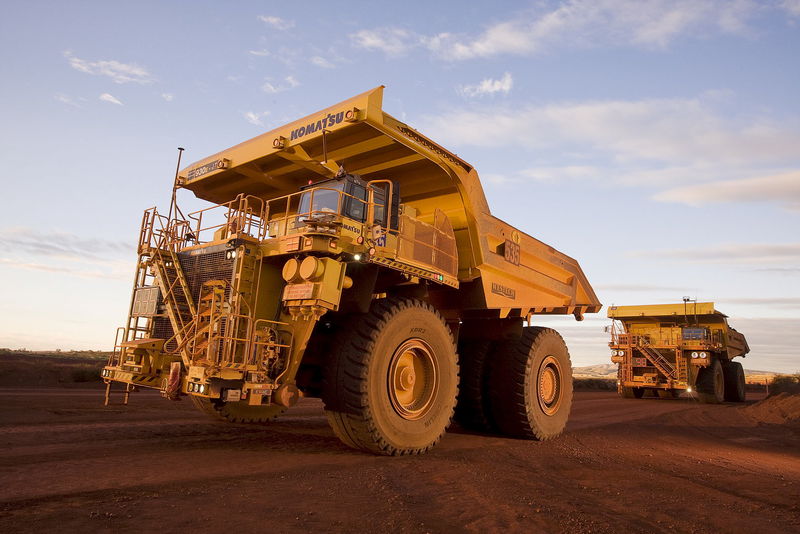St George Mining Ltd (ASX:SGQ) has partnered with local Brazilian agencies in a program to optimise downstream processing of niobium and rare earth elements (REEs) from the company’s high-grade Araxá Project in Minas Gerais, Brazil.
The company signed a Technical Collaboration Agreement with EMBRAPII (Associação Brasileira de Pesquisa e Inovação Industrial) and SENAI (Serviço Nacional de Aprendizagem Industrial).
Breakthrough in efficiency
“We are delighted to have finalised this agreement with SENAI and EMBRAPII which has the potential to provide a major breakthrough in the efficiency and sustainability of mining and processing activities at Araxa,” St George Mining executive chair John Prineas said.
The collaboration will develop a processing flow sheet to support the sustainable commercialisation of ferroniobium and rare earth products.
Its research will include test work to maximise resource recovery while adhering to stringent environmental, social and governance (ESG) standards.
“The Technical Collaboration Agreement is a key step to support the development of an optimum processing flowsheet for the Araxá Project,” Prineas said.
Under the agreement, the Brazilian Government will subsidise contributions by EMBRAPII and SENAI, covering 50% and 10% of costs, respectively. St George will fund the remaining 40%.
The company will also hold exclusive commercialisation rights to any intellectual property developed through the program for 10 years, with no royalties payable to its partners.
High-grade niobium and REEs
The Araxá Project is recognised for its high-grade niobium and REE mineralisation, with assay results confirming significant grades of up to 8% niobium pentoxide (Nb₂O₅) and 33% total rare earth oxides (TREO).
Recent drilling has intersected substantial mineralisation from surface, including 43 metres at 1.5% Nb₂O₅ and 60 metres at 11.1% TREO, which included 30 metres at 16.9% TREO.
The collaboration builds on St George’s previous Memorandum of Understanding with SENAI, signed in December 2024, to advance the development of rare earth magnets at SENAI’s Lab Fab Facility in Minas Gerais.
“Signing of this Technical Collaboration Agreement is testament not just to Araxá’s potential but also to the quality and experience of the in-country team that St George has assembled to drive the project forward,” Prineas said.
“We look forward to reporting on the results of the downstream program as we continue to position the project as a potential near-term niobium and rare earths mining operation.”
